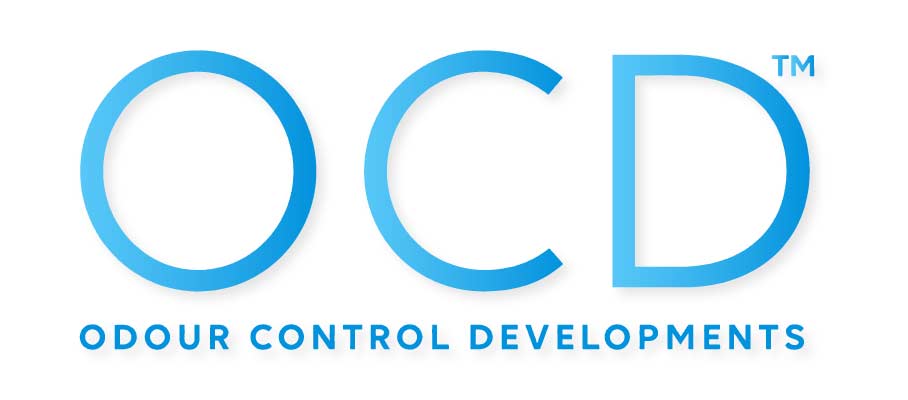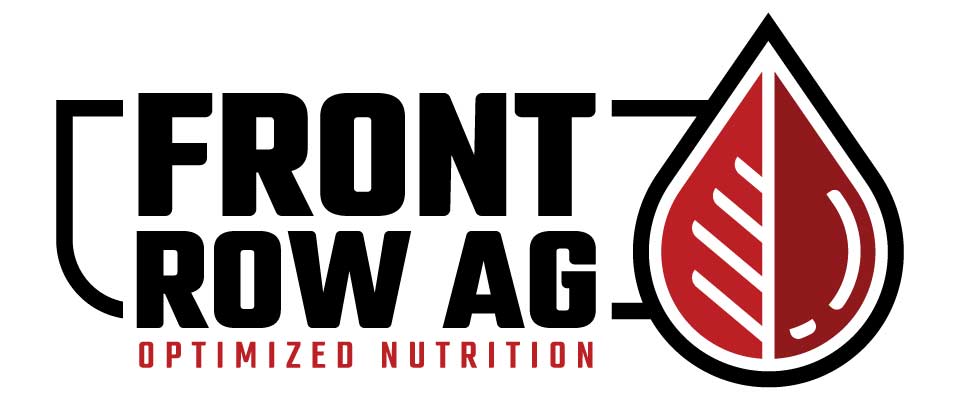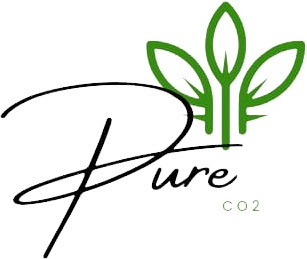Tips For Beating The Summer Heat
It is important to control humidity and heat in a grow room because these environmental factors can significantly affect the health and growth of plants.
High humidity levels can create an ideal environment for pests and diseases to thrive, and can also encourage the development of mold and mildew. This can be particularly problematic for plants that are sensitive to these types of issues. In addition, high humidity levels can cause plants to transpire more, which can lead to reduced growth and yield.
On the other hand, low humidity levels can cause plants to become stressed and can lead to reduced growth and yield. Low humidity levels can also cause plants to become more susceptible to pests and diseases.
Heat is also an important factor to consider when growing plants. Too much heat can cause plants to become stressed, leading to reduced growth and yield. In addition, high temperatures can cause plants to transpire more, leading to increased water usage and the need for more frequent watering. On the other hand, too low of a temperature can cause plants to become dormant or to stop growing altogether.
By carefully controlling humidity and heat levels in a grow room, you can create an optimal environment for plant growth and help ensure that your plants are healthy and productive.
There are several ways to control heat in a grow room:
Use fans: By circulating the air in the grow room, fans can help to regulate the temperature and prevent hot spots from forming.
Switch to LED (if you aren’t already using one): LED lights significantly reduce the heat in a grow room. This will also help with humidity.
Adding CO2 to your grow tent: It won’t lower the temperature, but it helps plants withstand the heat a little better. Under elevated CO2 levels, plants can withstand higher than normal temperatures.
Install an air conditioning unit: An air conditioning unit can be used to cool the grow room to a specific temperature.
Use reflective materials: By lining the walls and ceiling of the grow room with reflective materials, you can help to reflect light and heat back towards the plants, which can help to regulate the temperature.
Use a thermostat: A thermostat can be used to automatically control the temperature in the grow room by turning heating and cooling systems on and off as needed.
Use shade cloth: If the grow room is in an area with strong sunlight, shading the windows with shade cloth can help to reduce the amount of heat that enters the room.
Use heaters: If the grow room is too cold, you can use heaters to raise the temperature to a more suitable level. However, be sure to monitor the temperature closely to ensure that it does not get too hot.
There are several ways to control humidity in a grow room:
Use a dehumidifier: A dehumidifier can be used to decrease the humidity level in the grow room.
Use an exhaust fan: By ventilating the grow room with an exhaust fan, you can help to reduce the humidity level by removing excess moisture from the air.
Use a humidistat: A humidistat is a device that automatically controls the humidity level in the grow room by turning a humidifier or dehumidifier on or off as needed.
Water plants properly: Overwatering plants can lead to high humidity levels in the grow room. Be sure to water plants only as needed and allow the soil to dry out slightly between waterings to help maintain a suitable humidity level.
Use a humidifier: A humidifier can be used to increase the humidity level in the grow room.
By using a combination of these techniques, you can effectively control the temperature and humidity levels in your grow room and create an optimal environment for plant growth.































































































